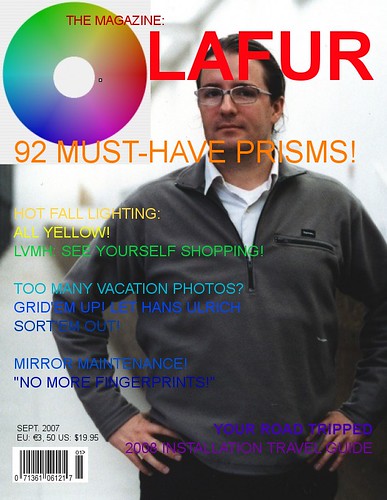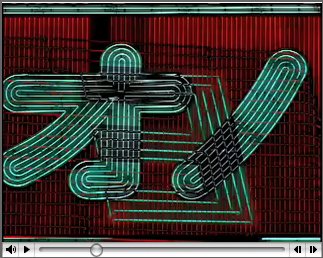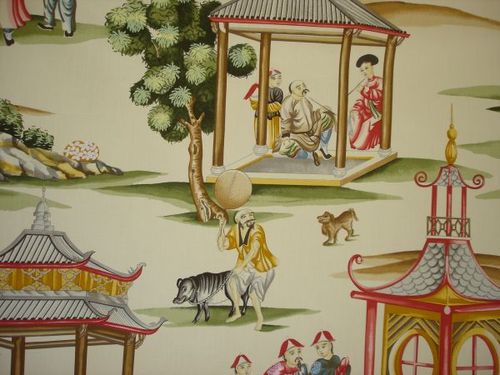For the upcoming release of Terrence Malick’s Days of Heaven, Criterion and Paramount have taken the rather extraordinary step of creating a new interpositive, the definitive, second-generation transfer from a film’s original negative. Lee Kline’s story of color-correcting a masterpiece of golden-hued cinema with Malick and cinematographer John Bailey [who’d been Nestor Almendro’s camera operator] is on Criterion’s blog:
Before he arrived, I wasn’t sure how hands-on he was going to be with the color. As soon as he sat down, though, Terry made it clear that the new transfer needed to feel natural and not too “postcardlike.” We weren’t allowed to use words like golden or warm. The natural beauty of the land needed to be represented, since that was what they were going for when shooting. When we first started to take out the gold and the warmth, it was heading toward a really different place from the previous transfer. Not bad, mind you, just different and definitely more natural. I would sometimes joke in the room that such and such a shot was pretty, and then I would say to Terry, “But not too pretty!” We’d all laugh. DVD producer Kim Hendrickson was also with us one afternoon, and when she started to say out loud how pretty it was, we all turned in our chairs to cut her off and simultaneously say, “Shhh!”After three days of Terry, Billy, and John’s expertise, we were finished. It looked beautiful, but boy, was it different. I told Terry that people were really going to be pretty surprised by this new transfer, since it was such a radical departure from before, but he said it was perfect.
Sounds like stripping centuries of varnish from a Rembrandt. Fascinating stuff.
Striking Gold [criterion blog via coudal]
the new Criterion Collection Days of Heaven comes out Oct. 23 [amazon]






